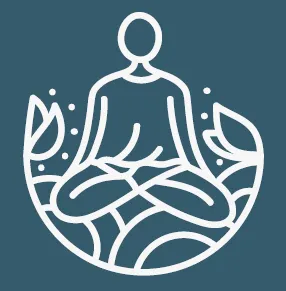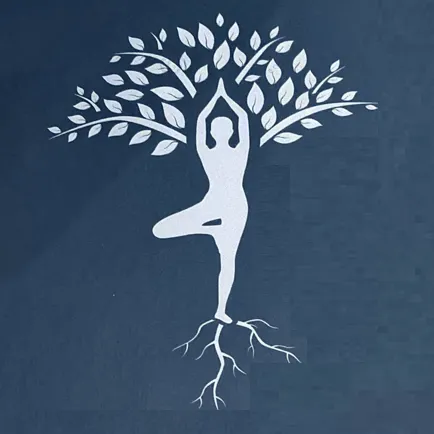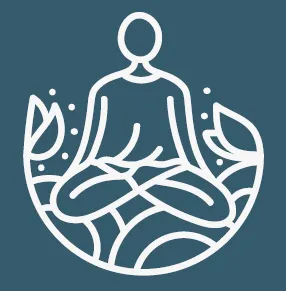Yoga Philosophy
Written by Elke Hottentot

Hatha Yoga Pradipika in daily life in 2023
I view the Hatha Yoga Pradipika (HYP) as a great handbook on asanas, prānāyāma, bandhas (ligatures of which there are three), mudras and kriya. It provides extremely detailed information about the execution of a great number of postures – asanas - and provides references there where relevant to other texts, such as the Upanishads. It describes prānāyāma with clear explanations of the eight different breathing practices, the various kumbhakas and some of the kriyas and mudras. It provides information about the seven different chakras and nadis, information that when incorporated in a class can greatly enrich it. As such, the HYP remains a highly relevant reference tool to use when preparing classes and engaging in one’s own practice.
Last, the HYP provides great guidance on the state of samadhi, explained in chapter IV, sloka 5 as “salt in water unites and dissolves into it, a likewise merging of mind and Self (Atman).”[1] Providing a metaphor of samadhi such as the one above can help to explain a phenomenon that can only truly be understood when experienced.
Then, of course, there are rich passages around which an entire class can be constructed. There are numerous passages that could be selected, but for the purpose of this memoire, I will select only three, the first one being the second sloka in the chapter II:
“When the energy[2] is agitated (wanders), the mind is unsteady, but when the energy is still so is the mind is still and the Yogin obtains the power of stillness. Therefore the energy should be restrained.”[3]
This sloka can be read at the beginning of the class followed by the explanation that the goal of prānāyāma is to quiet thoughts – to create space between one thought and another, and to avoid that one thought unconsciously leads to another thought – as such creating what I call air castles of thought which takes us away from living in the present moment. The exercises can deliberately be chosen so as to provide students with the lived experience of that what is alluded to in this passage. When it comes to breathing techniques, it would be useful to explain that these are intended to clear out congestion in the nadis – vital energy channels, allowing them to open to that the vital energy – prana – can flow freely.
Likewise, sloka 57 and 58 in chapter IV provide ample food for thought with which to develop a class:
“There should be neither thought of the external nor any thought within. Excluding all thought [subjective and objective] he should think of nothing.”[4]
“The entire universe is the fabrication of thought only. The play of the mind is created only by thought. Transcending the mind, which is composed of thought [transformations], find rest in the changeless. Then surely, O Rama, thou shall find Peace.”[5]
These passages can be read and followed by a few questions that elucidate their meaning, for example: ‘Are your thoughts yours?’, ‘What do you think about Descartes statement “I think, therefore I am”? ‘Are we defined by our thoughts?’; and if so, ‘What about the changing nature of our thoughts?’, ‘Does this mean our identity changes when our thoughts change?’ By asking questions such as the ones above, students are guided to re-examine their assumptions about the role of thinking and their identity. The practice can then be constructed in such a way as to invite an experience
[1] Freely translated from Michaël, T. (2008): Fayard, Paris, Hatha Yoga Pradipika - Traité de Hatha-Yoga, IV-5, p. 218.
[2] Curiously, Michaël (see reference above) uses the word ‘souffle’ instead of ‘energy’ here.
[3] Meier, B. (1995): Hatha Yoga Pradipika of Svatmarama, p. 78 – not published.
http://chomikuj.pl/jolnic79/Yoga/Hatha+Yoga+Pradipika+2003+Eng,695113745.pdf, May 9 2012.
[4] Meier, B. (1995): Hatha Yoga Pradipika of Svatmarama, p. 78 – not published.
http://chomikuj.pl/jolnic79/Yoga/Hatha+Yoga+Pradipika+2003+Eng,695113745.pdf, May 9 2012.
[5] Idem.






